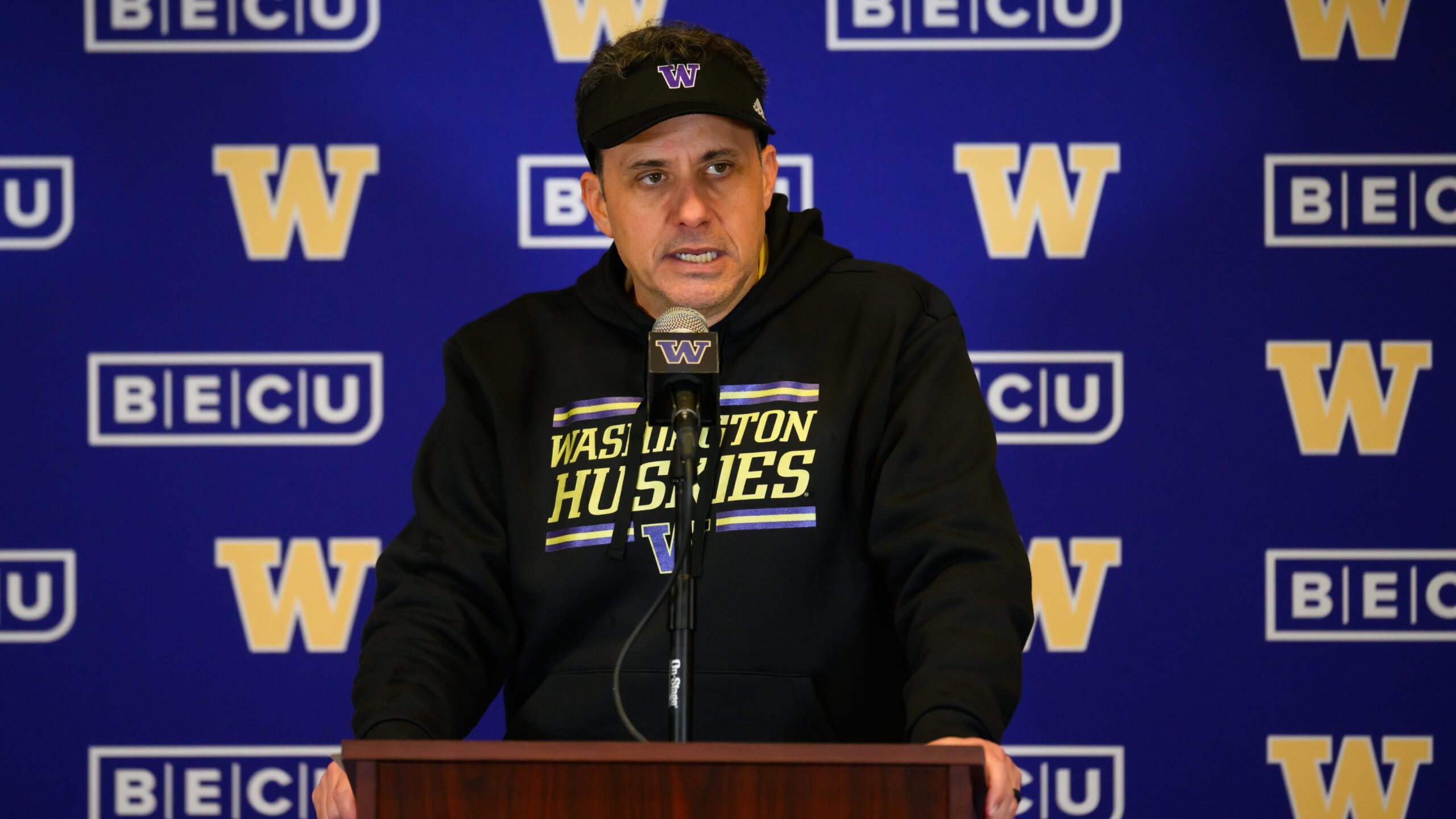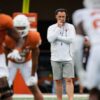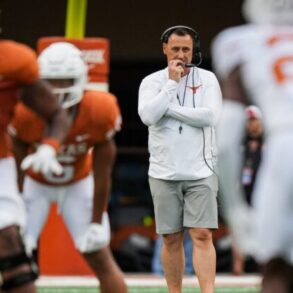
Jedd Fisch wants the college football calendar to change radically.
The Washington Huskies head coach spent over a decade as an NFL coach, where the player movement calendar is rigidly structured. Free agency takes place when the league year opens in March and the draft is every April, giving franchises enough time to integrate new personnel staff as those moves primarily happen in January.
College football’s calendar is much less organized and has been the subject of plenty of scrutiny over the last few years. The NCAA has changed the length of the transfer portal windows almost every year since introducing the concept. Over the previous two seasons, the winter window has overlapped with the College Football Playoff, forcing players on those teams to choose a deep run or an earlier (and thus, better) transfer destination.
With a handful of major programs, including Nebraska, Texas, and USC deciding to not hold a spring game to guard against defections in the spring window, Fisch told On3’s Pete Nakos on Friday that it’s time for college football to follow the NFL calendar.
“OTAs are just spring practice, there’s no real difference. I just think they should be later, which is what people are considering OTAs to be. We should have OTAs. We should literally just take the NFL schedule, which I’ve been very on record on. The NFL does it really, really, really good. There’s no reason for us not to just do that,” he said.
Part of Fisch’s argument centers around the lateness of college personnel movement compared to player movement. Washington hired four new position coaches – safeties coach Taylor Mays, outside linebackers coach Aaron Van Horn, offensive line coach Michael Switzer, and linebackers coach Brian Odom – after the winter portal window closed. As Fisch told On3, “We want to find a way to make sure our new coaches are all situated. I just hired four new position coaches, and I think that those guys should be involved with who we bring in, but they weren’t. Those guys should be involved in the retention of your team, and they weren’t.”
Under Fisch’s plan, college football would have only one transfer window.
“I think it should be open at the end of the year,” he said. “Meaning it should be April 15 through May 15. And then we should do OTAs, we should do spring ball. We should do whatever we want to do. And then you should have your team. And then if there’s a coaching change or a position coach change at the end of the season, you should have four months to build that relationship with your players that are there. And then if they want to go in the portal after that, they can. I think it should be one time at the end of the school year.”
The Huskies head coach did emphasize the importance of a spring game, relaying the experience of calling plays for the first time during Florida’s spring game while he was an assistant under Steve Spurrier. Fisch has given that same opportunity to his staff and thinks it’s an important part of developing his assistants.
In a vacuum, Fisch’s plan makes a ton of sense. A one-time spring window would give programs plenty of time to evaluate the players currently in their building and more equally distribute the stress put on personnel and coaching staffs. With National Signing Day in February, some programs would likely be more incentivized to focus on high school recruiting, with the chance to evaluate some of their freshman class in the spring before turning to the transfer portal.
On the other hand, however, the main sticking point is that college football players are ostensibly still students of the universities they attend. The winter window comes during every school’s winter holiday break, giving enough time for a smooth transition on the academic side. Limiting that movement opportunity to the spring window only would be fine for schools on the quarter system, like Washington, that have another break between sessions. For semester schools, however, players would always be transferring mid-semester.
This is possible right now because spring transfers cannot enroll at a new institution (in most cases) until the fall. NFL OTAs begin at the end of May, however, so to align with Fisch’s proposal, those players would need to have an academic route to enrolling sooner. Fall practices usually don’t begin until August for most schools, which correlates with training camp and the beginning of the preseason on the NFL calendar.
Since the NCAA doesn’t have a preseason, they could push the OTA-style practices into the summer—perhaps June or July. While Fisch said he wants an April 15-May 15 window, he also said it should be at the end of the school year, which would be closer to the end of May and the beginning of June. If that was the portal window, players would be able to academically transfer easily between school years.
No matter how you slice it, there are a number of pros and cons to Fisch’s idea. Change to the college football calendar is obviously necessary, but the extent to which the NCAA will be willing – or able – to change it remains unclear.
This post was originally published on this site be sure to check out more of their content.







